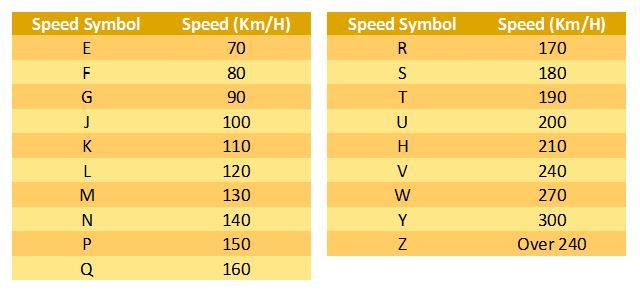7 Reasons Why Your Tyres Blowout Easily

(Photo Credit: Unsplash)
Suffering car tyre blowouts can be a horrifying experience. It can also be potentially fatal, even for an experienced motorist.
Therefore, it is important to know the seven main causes of car tyre failure. Who knows? It could save your life one day. Read on to find out more.
1. Aging Tyres

(Photo Credit: Pexels)
Tyres weaken over time even if they're not being driven on the road. Although the tyres may appear to be in good condition, the rubber inside is actually deteriorating. It is recommended that tyres older than 6 years should be replaced, regardless of their tread life or how many kilometres they've been on the roads.
2. Under-Inflated Tyres
 (Photo Credit: Supercheap Auto)
(Photo Credit: Supercheap Auto)
Majority of tyre blowouts are caused by under-inflation of tyres. An under-inflated tyre simply means that the tyre pressure is too low. The tyre's surface area touches the road more often resulting in excessive flexing of the sidewall. The increased friction causes tyres to overheat, leading to premature blowouts.
The recommended pressure for typical tyres is between 30 to 35 pounds per square inch (PSI). To ensure that your tyres are correctly inflated, check your owner's manual for the optimum pressure. If you're driving long distances, remember to visually inspect your tyres at every rest stop before continuing your journey.
3. Prolonged High-Speed Driving
 (Photo Credit: Pexels)
(Photo Credit: Pexels)
expand. To avoid excessive tyre wear, take a short break every few hours of driving to allow the tyres cool down.
4. Overloading Your Vehicle
 (Photo Credit: Autoblog)
(Photo Credit: Autoblog)
Overloaded vehicles put a strain on the tyres, and that leads to a higher risk of a tyre blowout. Having a large car boot doesn't mean that the tyres can handle the weight of the load. To prevent overloading of your vehicle, check the load rating of the tyres to determine the maximum carrying capacity of your tyres.
The higher the load rating, the more weight the tyre is able to carry. It's also best to remove the unnecessary junk in your car and keep only the essentials that you need.
5. Bulging Tyres
 (Photo Credit: Ohio Car Girl)
(Photo Credit: Ohio Car Girl)
If you see your tyre bulging, it indicates that the interior is faulty or damaged. A tyre bulge can be caused by hitting curbs, potholes or road dividers. Bulging tyres are ticking bombs and should be replaced immediately. Manufacturing defects can also cause the tyre to deform and bulge. Make it a habit to conduct a tyre routine inspection to ensure that your tyres are safe!
6. Bald Tyres
 (Photo Credit: Reddit)
(Photo Credit: Reddit)
Bald tyres can be easily punctured by a nail or sharp rock. Driving on bald tyres is especially hazardous when you're driving in wet weather as they don't have the ability to grip the road, leading to hydroplaning. To ensure safe driving, note that the legal limit for minimum tread depth is 1.6mm across 75% of the tyre circumference.
7. Driving Above the Tyre Speed Rating
 (Photo Credit: Bridgestone Tyre Singapore)
(Photo Credit: Bridgestone Tyre Singapore)
Driving above the speed rating of your tyres is not recommended. The faster you travel, the more wear and tear your tyres will experience, causing them to be more prone to failures.
It's important to check the speed rating of your tyre. It is normally imprinted on its sidewall and represented by an alphabet. The table above shows maximum speed that your tyres can sustain when correctly inflated and used within the load-carrying capacity.
Super App for
Vehicle Owners
Read more: Motorist Unveils Road Assist, A Smarter Way to Get Help on the Road
Download the new Motorist app now. Designed by drivers for drivers, this all-in-one app lets you receive the latest traffic updates, gives you access to live traffic cameras, and helps you manage LTA and vehicle matters.


almost 2 years ago